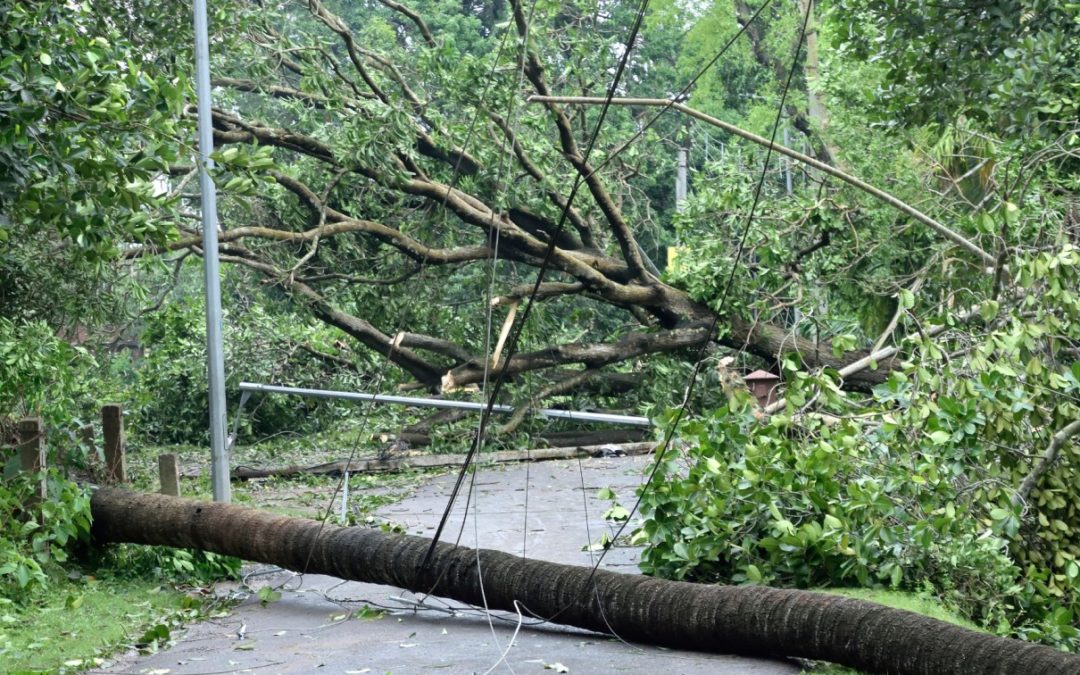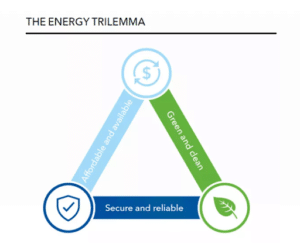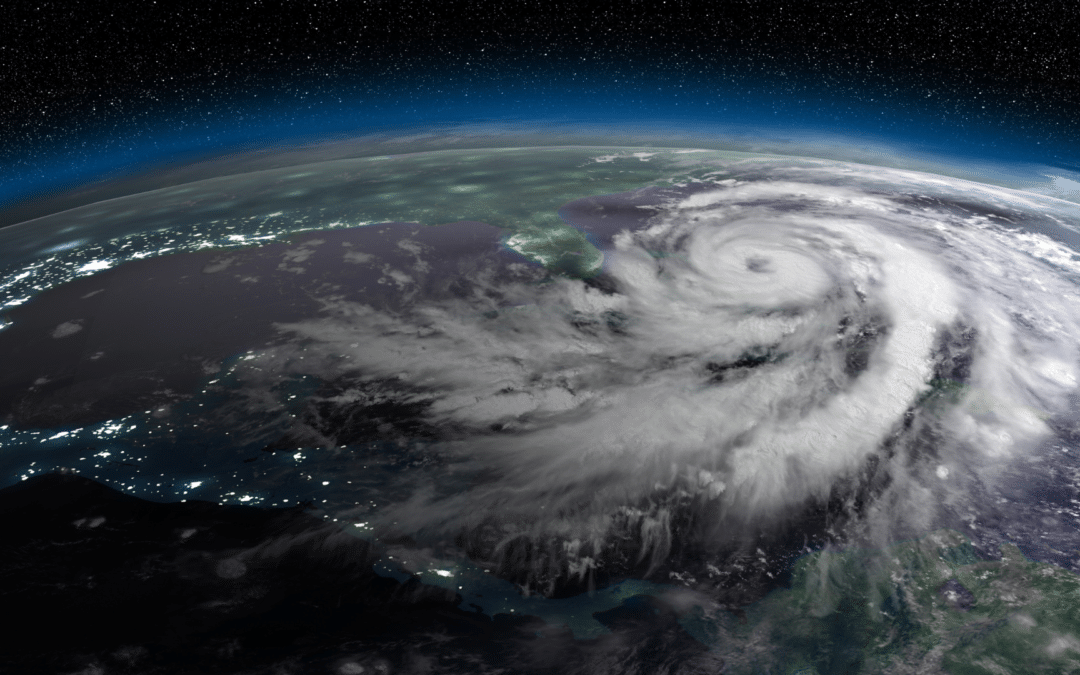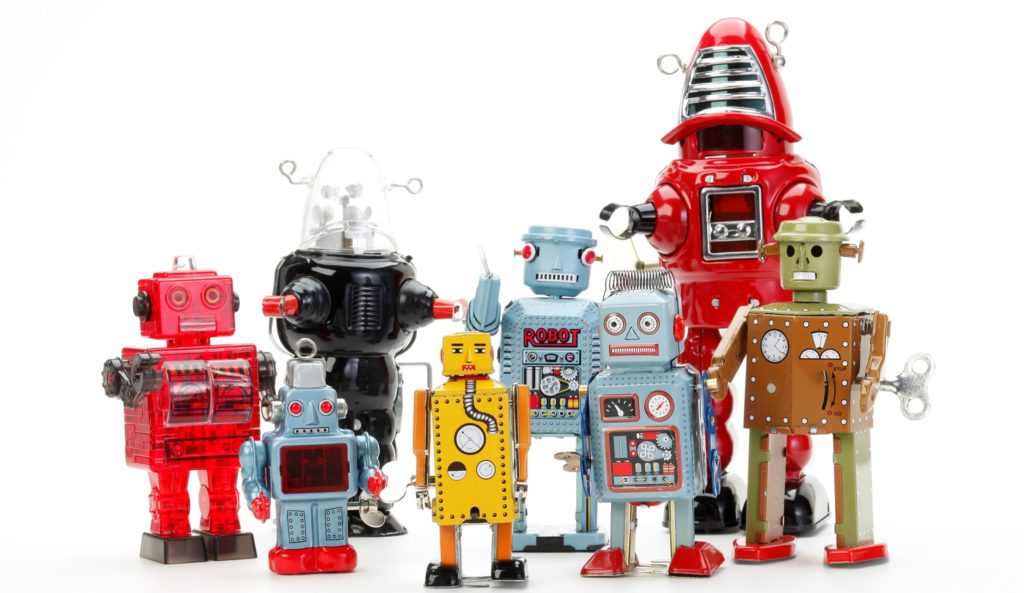
by David Spratt | Mar 18, 2025 | Planet Spratt
Making Business Great Again or Puff the Magic Dragon?
Generative AI is, frankly, little more than a highly trained monkey genetically spliced to a parrot.
Many New Zealand and Australian companies have been beating down the doors of high-priced consulting firms to understand just how AI might benefit them.
Another well-worn path has been to the doors of company CIO’s who in many cases seem almost as confused as the rest of us. They spout technology terms like LLM (Large Language Models), Agentic AI, Natural Language Processing, Predictive Modelling and Robotics Process Automation. Most have failed to describe practical, and measurable business benefits
After reading dozens of articles and interviewing many of my most learned colleagues in the AI space I remain underwhelmed at how New Zealand businesses are moving to leverage AI to drive profit and growth.
So what makes AI Different?
To answer that question, we need to look at the two major threads of AI – Generative AI and Agentic AI.
Generative AI is delivered in tools such as Co-Pilot, Gemini and Chat GPT. Instead of us creating our content its automation capability allows us to do instant research, generate sophisticated text and formulate bold and innovative images, all in seconds. If we don’t like what we first see we just tell the AI to do the job again. Seconds later a simpler or more detailed edit is created depending on our interaction with the system.
However, as a productivity tool, Generative AI is little more than a new generation of personal assistants. In the same way that word processing replaced millions of typists and an entire typewriter industry in the late 1980s, Generative AI will replace millions of jobs where their sole value is creating the documents necessary to do business.
In the most simple of terms, if any part of your role is creating and refining documents (sales proposals, job descriptions, tender reports, legal contracts, patient health notes, meeting agendas and minutes etc) then this part of your role will not exist within three to five years.
Scary as this may sound to some of us, including me because I like writing posts like this, Generative AI is not going to bring the world of business to an end any more than the PC and Smartphone has made our lives more tolerable and our spare time more available.
Generative AI is, frankly little more than a highly trained monkey genetically spliced to a parrot. The model is limited by its inability to learn, especially in the context of your unique business data. It cannot, for example, analyse the trends in the New Zealand electricity market and predict pricing movements based on the legal, commercial, production and consumption factors available.
Agentic AI models, however, are designed specifically for this type of reasoning.
Part Two Agentic AI. Should we welcome our new robot overlords or pull the plug now?

by David Spratt | Apr 5, 2023 | Energy, News
As renters and homeowners in the 1970s and 80s we were accustomed to hot water cylinder ‘ripple control’ – the mechanism whereby power companies assured us of a cold shower when we got home from work.
The trade-off was that households were able to operate stoves, lights and televisions without power cuts. Then along came the Clyde Dam and all this went away.
Until now.
If we take all our light vehicles off the road and replace them with EVs, this would increase our electricity demand by 20% (EECA Nov 2022). Add to this new ‘green’ data centres built by Google, Microsoft, AWS and our own IT companies, and this will likely add a further 10% to our current electricity needs. Our already stretched electricity supply infrastructure simply won’t cope.

The Energy Trilemma is defined as the need to find balance between energy reliability, affordability, and sustainability and its impact on everyday lives.
Understanding the challenges to balancing these three core elements is vital to keeping the lights on, the economy operating and achieving goals such as Net Zero carbon emissions.
Energy Reliability
The energy system aimed at ensuring reliability in New Zealand is made up of three interconnected parts:
Generation which comes mainly from the dams in South Island Lakes.
Transmission – Transpower’s multibillion dollar electricity supply backbone, built mainly in the 1950s and 1980s on 30,000 properties, with 25,000 transmission towers supporting 11,000 kms of lines and their essential 170 substations.
Distribution – Delivering electricity to homes and businesses via 27 regional Lines Companies, most of whom are locally owned. These companies own the power poles, lines and transformers that bring electricity to our door.
These three elements are highly regulated and involve investments in assets worth billions of dollars.
Our whole energy system is funded by debt that must be paid for by current and future generations.
Who pays and when is the big issue here. Is it today’s user, their children or their children’s children?
This is called intergenerational debt servicing and presents huge challenges when deciding the fairest way to distribute the cost of assets that in some instances might have a useful life of fifty years or more – or in the case of dams much longer than that.
To make things worse, an emerging issue with these investments is the risk of what is known as ‘stranded assets.’ This happens when transformational technologies such as solar and wind based distributed energy systems makes further investment in centralised dams, transmission and distribution uneconomic. When this happens the debt remains but the ability to pay by leveraging (charging for) existing or new assets is reduced or disappears completely.
Affordability and Equity
The New Zealand economy is reliant on agriculture which in turn is reliant on energy. However, economic theory suggests that on a ‘user pays’ basis, a farmer in a remote location should pay more than an apartment dweller in a big city or town. After all it is, at first glance, far cheaper to provide an urban dweller power than it is to run kilometres of copper wire to a small number of farms down a rural highway.
Recent changes to the way costs are allocated for Transpower’s transmission backbone came up with the proposition that the further you are from the source of the power (the lakes) the more you pay because you accrue greater benefit.
This means that a dairy farmer in Northland pays much, much more for connection to the grid than a Southland farmer producing the same products with the same amount of electricity. It conveniently ignores the fact that three quarters of the population of New Zealand is in the North Island and therefore paid for at least this proportion of the massive costs of building our generation and transmission infrastructure in the first place.
Taking this economic puffery to its logical extreme we should be seeing city lines companies like Vector punishing those who are not living in the inner city by charging more for connections to their homes. Thank heavens for the Elected Trustee model that makes this kind of logic totally politically untenable.
While the Trust model provides a level of protection from purist economists, unelected energy officials aren’t as susceptible to the wrath of the voters.
Our government market regulator, the Commerce Commission, doesn’t even have an affordability or equity objective when addressing the electricity market. Instead, it’s ‘Right investments, Right Time at the right cost.’
What about doing ‘right’ by the rural communities generating enough food for 40 million people globally and generating exports in excess of $72 billion annually?
Sustainability
Electricity generated by gas fields, coal and oil fired power stations is expensive, carbon emitting and directly impacts the wholesale market price of electricity.
Over the past decade or so we have seen a steady decrease in their contribution to the country’s generation capacity as generators have switched off coal and gas fired capacity. A government ban on further oil and gas exploration and the rapid decline in our existing gas resources in and around Taranaki has placed even more pressure on our electricity supply.
The net result, as demand threatens to exceed supply, is that wholesale and forward prices are at record levels now and well into the future.
One answer to this supply issue might be Lake Onslow – pumped hydro – essentially a $17 billion, ten year project to deliver a giant hydro powered battery designed to help protect against hydro shortages.
Adding 1200 megawatts capacity (roughly an eighth of the country’s current peak capacity) would potentially help bring the volatile wholesale market for electricity back to some semblance of normality.
The Government has just made a decision to complete a $70 million business case on Lake Onslow. Add to that the $30 million they have already spent and it looks like this decision will be a major electricity industry inflexion point.
It’s difficult to see the GenTailers detaching themselves from the status quo and its associated super profits. As such it has been no surprise at all to see them aggressively highlight research from reports that paint the Onslow Project as an expensive and impractical idea.
What I have failed to see is any practical alternative being offered – other than the monopolists’ favourite – punishing vulnerable consumers into changing their behaviour by raising prices at peak time. This is not a great option when young consumers are juggling hungry children, bath times, winter heating bills and brutal mortgage interest rates, and dairy farmers have cattle lined up outside the sheds for milking.
Barring the embedded carbon costs of construction materials like steel and concrete, Onslow offers a sustainable opportunity to enhance the viability of inconsistent generation sources such as solar, wind and tidal generation. By providing a massive hydro based battery to store load as and when it is created, we could see wholesale prices back in the 8-12 cents per kw.
This would see the benefits of lower input costs flowing to farms, businesses and households instead of into the pockets of the gentailers and governments eager to feed off the dividends their super profits are providing.
- Part three of this series will address that most controversial of subjects – Water, Waste and Stormwater. Call it Three Waters if you like. I call it a right mess.

by David Spratt | Feb 23, 2023 | News, Planet Spratt
We have all watched with varying degrees of horror and sadness as first Auckland and then, a week later, the entire North Island suffered from catastrophic weather events and their aftermaths.
I can’t help but think we were warned about this over two decades ago and that these events are a shocking example of climate change writ large, with more to come.
‘Climate change, and specifically global warming, is not new. Swedish scientist Svante Arrhenius posited that burning fossil fuels would add carbon dioxide to the atmosphere resulting in a ‘greenhouse effect’ (anthropogenic climate change) in an essay in 1896. ‘Global warming’ came into the public domain in a paper by Wallace Broecker published in the magazine Science in 1975. Source – John Walton Feb 18 2023
Critical infrastructure left wanting
My strategic hat tells me that this is a crisis for individuals and businesses that will rewrite the way we consider the basics such as reliability of power, water, food, sewerage systems, stormwater and fuel supplies.
The impact on communications is also significant. Our mobile phone and data networks rely on power to stay up. Battery backups are designed to maintain mobile transmission towers for a few hours until a service crew can arrive – not to keep systems up for days if not weeks without power.
This starts with our national grid and the local lines distribution network that delivers power directly to our homes and businesses. All these need to be designed and upgraded for greater resilience and higher availability. The issue here is that this costs a lot of money, time and resources.
For example, imagine that you are a lines company operator in a flood or storm damaged area like Hawke’s Bay or Northland. Your regional population is, say, thirty thousand people and you are faced with a bill of $100 million dollars to restore, repair and then bring your power systems up to the regulated standards of reliability and availability.
The cost to do this is $3,333 per head of population or roughly $10,000 per household.
Next, you are a water company in the same region whose filtration, pump and pipe infrastructure is also in poor shape. Water infrastructure funding is not my bulwark but it’s fair to say that $50 million would go some way to solving the problem in this example.
That’s another $1,666 per head or roughly $5,000 per household.
Crisis will rewrite the future
The problem will only get worse over time if the climate scientists and weather forecasters are to be believed. Just fixing the damage today might not solve the problem tomorrow.
Any city or town in New Zealand could find themselves staring down the barrel of rates increases, electricity lines charge increases and in many cases increases in water rates at a time where employment and economic growth are by no means guaranteed.
In the meantime the power goes out, the drains leak and our drinking water quality is questionable, while all the time our elected politicians local and central fiddle while Rome drowns.
Cyclone Gabriel is conservatively estimated to have cost the country $13 billion in repair costs alone.
If, as I believe, we can expect more and worsening climate destruction, we will have to build in some resilience to our infrastructure networks – and fast.
*Part two of this series addresses the after effects of Cyclone Gabrielle and will look at the options for more available and reliable power for businesses and the rural economy.
Sign up below for Total Utilities Market Commentary to receive all the latest market news and insights.





